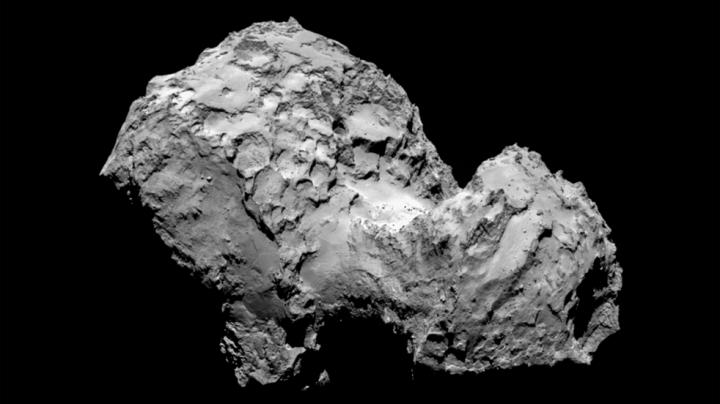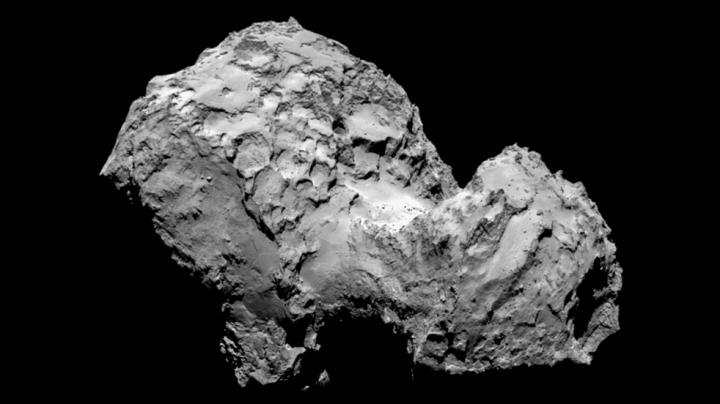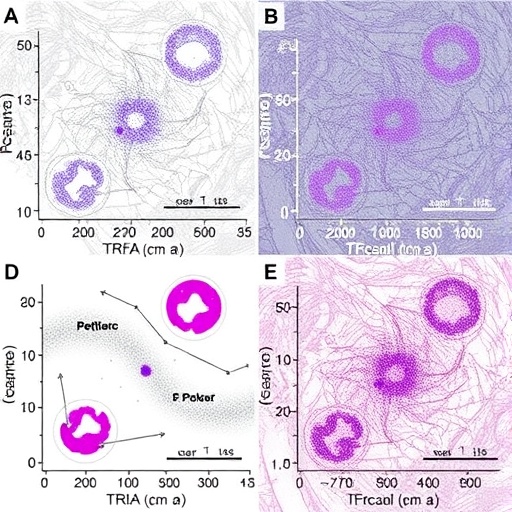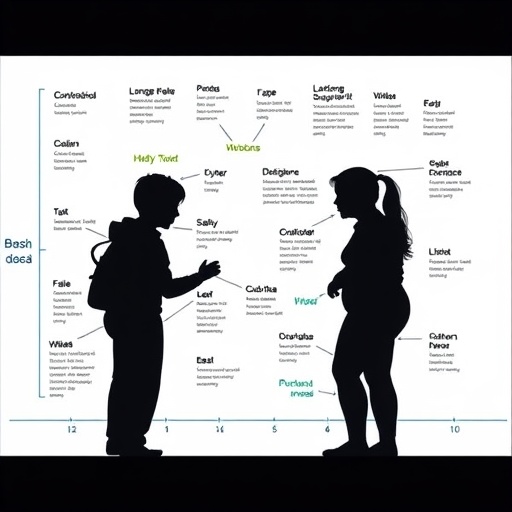
Credit: NASA
March 21, 2017
Images returned from the European Space Agency's Rosetta mission indicate the surface of comet 67P/Churyumov-Gerasimenko was a very active place during its most recent trip through the solar system, says a new study led by the University of Colorado Boulder.
The images show the comet's surface is full of growing fractures, collapsing cliffs and massive rolling boulders. Moving material buried some features on the comet's surface and exhumed others. A study on 67P's changing surface was released Tuesday in the journal Science.
"As comets approach the sun, they go into overdrive and exhibit spectacular changes on their surface," said Ramy El-Maarry, study leader and a member of the U.S. Rosetta science team who is a research scientist at CU Boulder's Laboratory for Atmospheric and Space Physics. "This is something we were not able to really appreciate before the Rosetta mission, which gave us the chance to look at a comet in ultra-high resolution for more than two years."
The Jet Propulsion Laboratory (JPL) in Pasadena, California, a division of the California Institute of Technology in Pasadena, manages the U.S. contribution of the Rosetta mission for NASA's Science Mission Directorate in Washington, D.C. JPL also built the MIRO instrument and hosts its principal investigator, Mark Hofstadter.
Most comets orbit the sun in highly elliptical orbits that cause them to spend most of their time in the extremely cold outer solar system. When a comet approaches the inner solar system, the sun begins to warm the ice on and near the comet's surface.
When the ice warms enough it can rapidly sublimate, turning directly from a solid to a vapor state. This sublimation process can occur with variable degrees of intensity and timing and cause the surface to change rapidly. Between August 2014 and September 2016, Rosetta orbited comet 67P during the comet's swing through the inner solar system.
"We saw a massive cliff collapse and a large crack in the neck of the comet get bigger and bigger," said El-Maarry. "And we discovered that boulders the size of a large truck could be moved across the comet's surface – a distance as long as one-and-a-half football fields."
In the case of the boulder, Rosetta's cameras observed a 282-million-pound, 100-foot- wide space rock that had moved 450 feet from its original position on the comet's nucleus. The massive space rock probably moved as a result of several cometary "outburst" events that were detected close to its original position, said El-Maarry.
The warming of 67P also caused the comet's rotation rate to speed up. The comet's increasing spin rate in the lead up to perihelion (when the comet was closest to the sun) is thought to be responsible for a 1,600-foot-long fracture spotted in August 2014 that runs through the comet's neck.
The fracture, which originally extended a bit longer than the Empire State Building is high, was found to have increased in width by about 100 feet by December 2014. In images taken in June 2016, a new 500- to 1,000-foot-long fracture was identified parallel to the original fracture.
"The large crack was in the neck of the comet, a small central part that connects the two lobes," said El-Maarry. "The crack was extending, indicating that the comet may split up one day."
###
Rosetta is a European Space Agency mission with contributions from its member states and NASA. Other institutions involved in the mission include the German Aerospace Center in Cologne, Germany; the Max Planck Institute for Solar System Research in Gottingen, Germany; the French National Space Agency in Paris; and the Italian Space Agency in Rome.
The Southwest Research Institute in San Antonio, Texas, and Boulder, Colorado developed the Rosetta orbiter's Ion and Electron Sensor (IES) and Alice instruments and hosts their principal investigators, James Burch (IES) and Joel Parker (Alice).
For more information on the U.S. instruments aboard Rosetta, visit http://rosetta.jpl.nasa.gov. More information about Rosetta is available at http://www.esa.int/rosetta.
Media Contact
Ramy El-Maarry
[email protected]
Jim Scott
CU Boulder media relations
303-492-3114
[email protected]
############
Story Source: Materials provided by Scienmag





